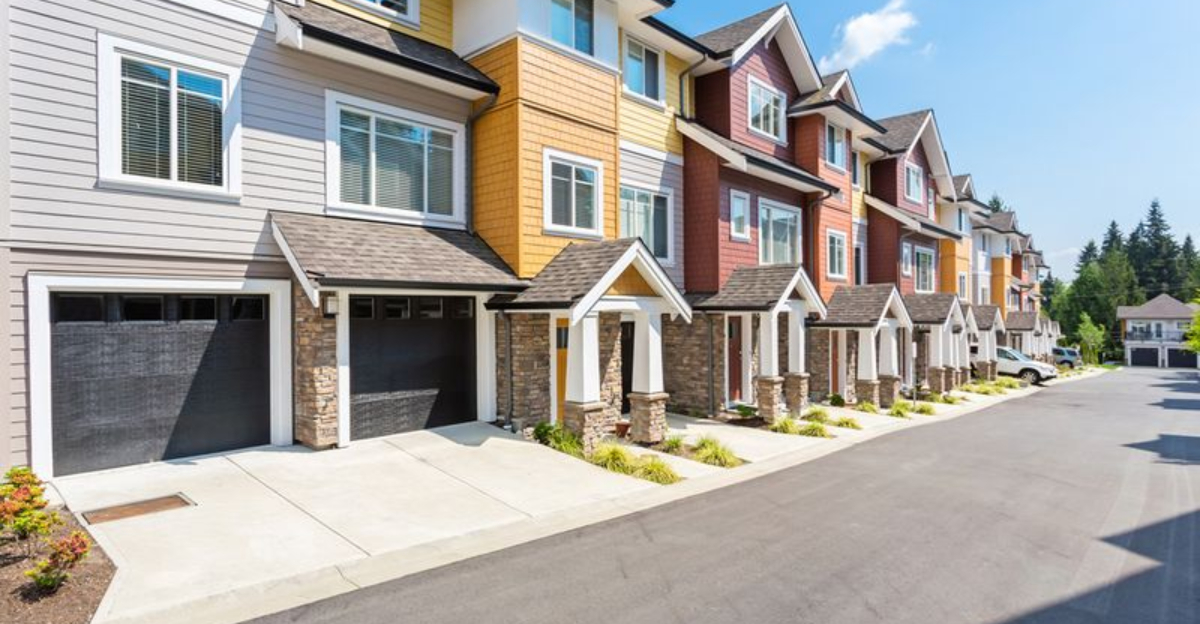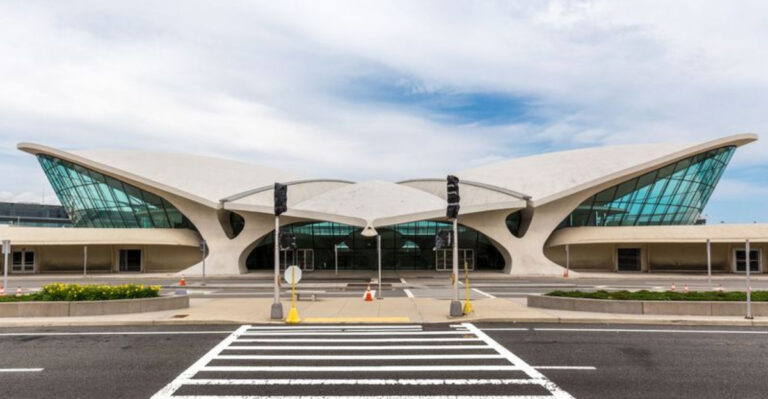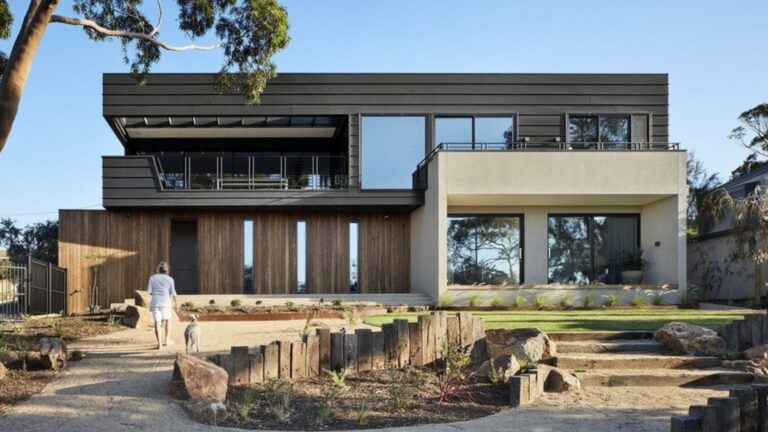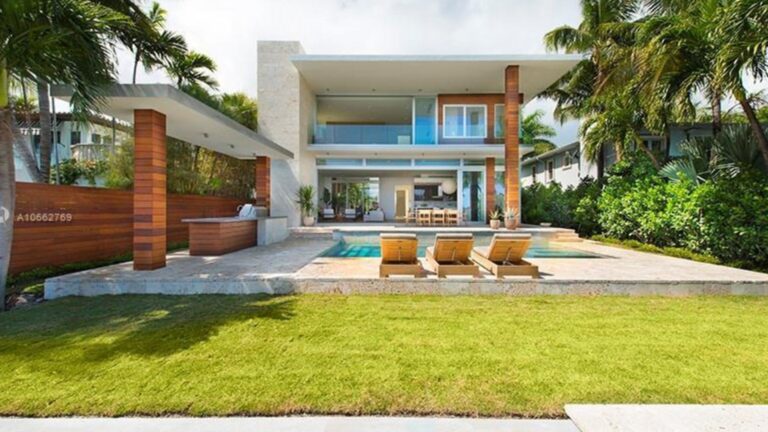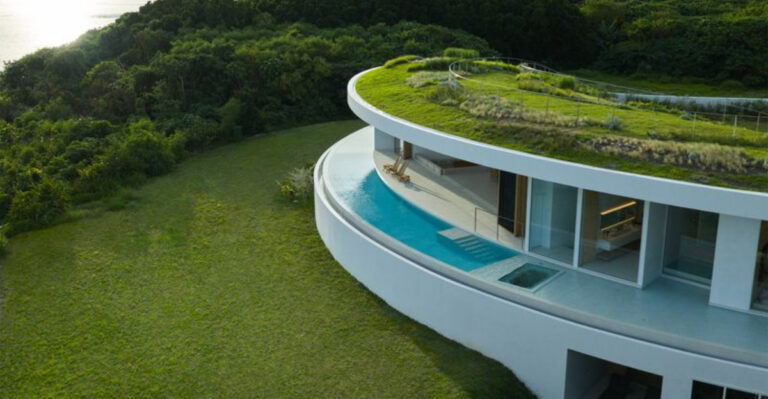17 Things You Need To Know About Townhouse vs. House Before Buying
Buying a home is one of life’s biggest decisions, and choosing between a townhouse and a traditional house can feel overwhelming. The differences go beyond just appearance – they affect your lifestyle, finances, and long-term happiness.
Whether you’re a first-time buyer or looking to downsize, understanding these key differences will help you make the right choice for your future.
1. Ownership Structure Differences

When you purchase a traditional house, you own both the building and the land it sits on. Simple as that!
Townhouse ownership can be trickier. While you typically own your unit’s interior and exterior walls, the land underneath might be communally owned with your neighbors through an HOA arrangement.
2. Privacy Considerations
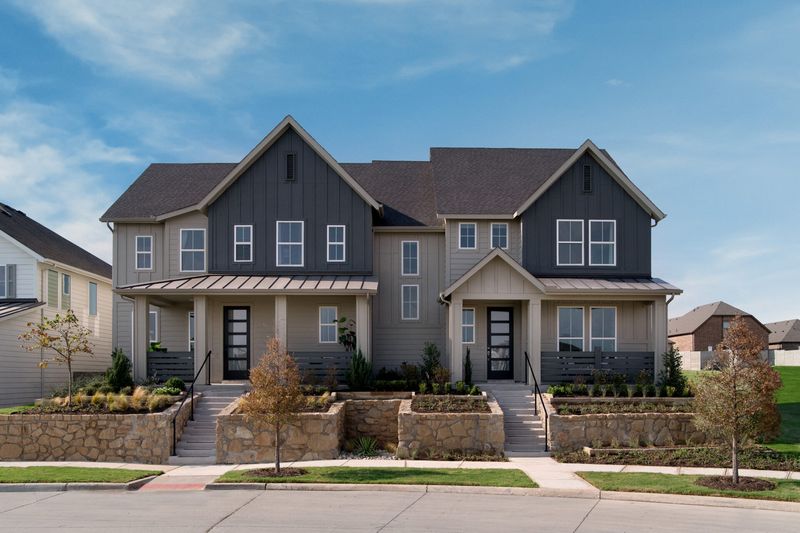
Sharing walls with neighbors means townhouse living comes with potential noise transfer. Those footsteps overhead or bass-heavy movie nights won’t go unnoticed!
Single-family homes offer more sound isolation with their detached structure, giving you freedom to blast music or let kids be kids without worrying about disturbing others.
3. Maintenance Responsibilities
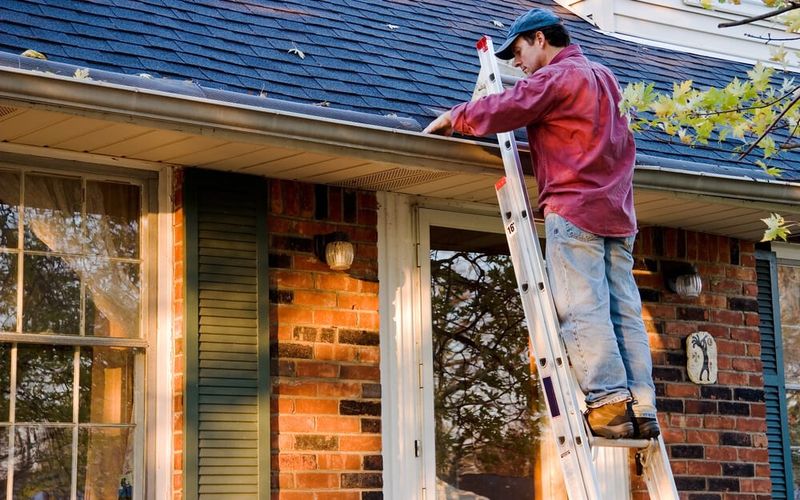
Got a green thumb or hate yard work? This factor matters hugely in your decision!
Traditional homeowners handle everything themselves – from roof repairs to lawn care and everything in between. Townhouse living often includes shared maintenance costs through HOA fees, covering exterior upkeep, sometimes even roof and siding repairs.
4. Cost Differences

Your wallet will certainly notice the difference! Townhouses typically cost less upfront than comparable single-family homes in the same area.
However, don’t forget to factor in those monthly HOA fees that can range from $100 to over $1,000 depending on location and amenities. These ongoing costs can significantly impact your long-term financial picture.
5. Yard Space and Outdoor Living
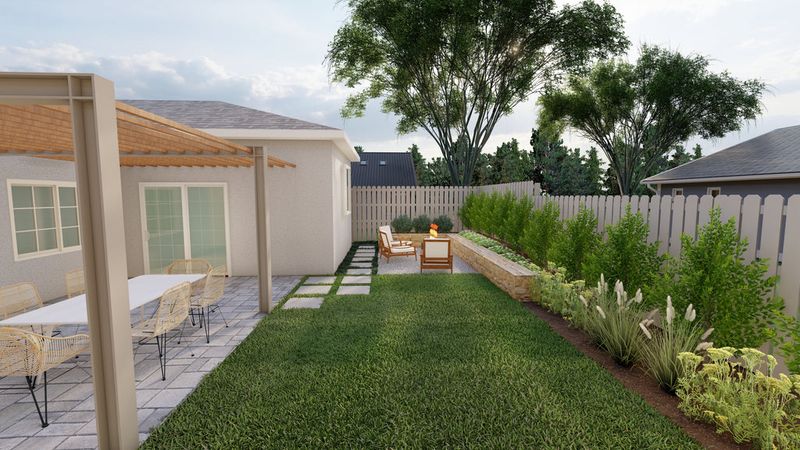
Craving outdoor space? Traditional houses typically offer larger yards where kids can play and pets can roam freely.
Townhouses usually feature limited private outdoor areas – perhaps a small patio or balcony. The upside? Less mowing and maintenance! Many townhouse communities compensate with shared green spaces, pools, and parks.
6. Homeowners Association Rules
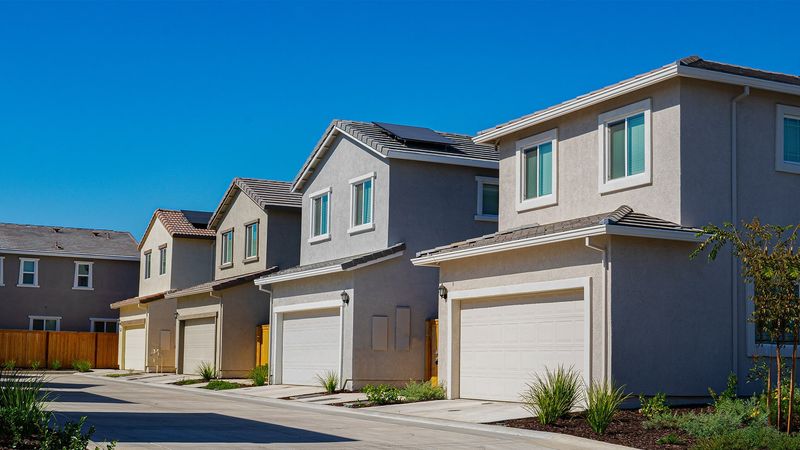
Freedom fighters beware! Townhouse living almost always involves HOA governance with rules about everything from exterior paint colors to holiday decorations.
Traditional homeownership offers more autonomy to express your personal style. Want purple shutters or a front yard vegetable garden? In most neighborhoods, no HOA exists to stop you!
7. Resale Value Considerations
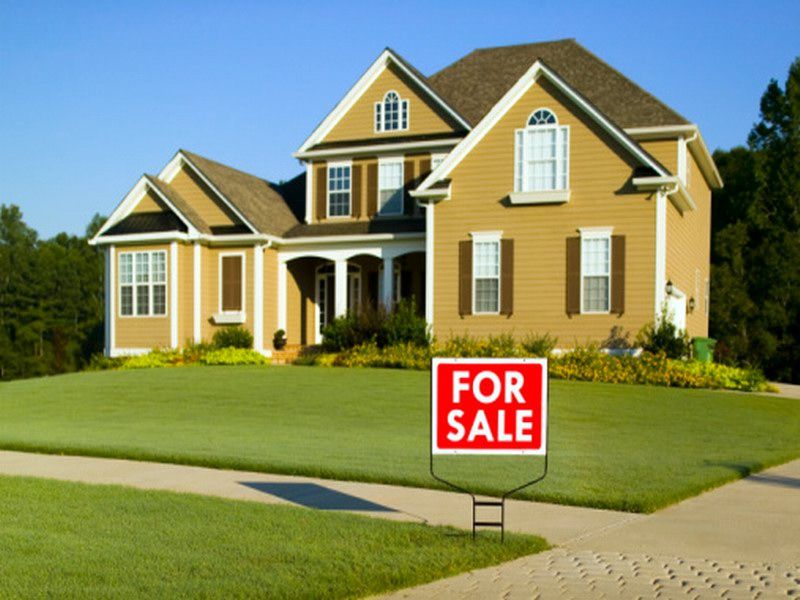
Looking at the long game? Single-family homes historically appreciate faster than townhouses in most markets.
The land value component gives detached homes an edge. However, well-maintained townhouses in desirable locations with reasonable HOA fees can still be solid investments, especially in urban areas where space comes at a premium.
8. Insurance Cost Differences

Your insurance agent will structure policies differently depending on your choice. Single-family homeowners need comprehensive coverage for the entire structure and property.
Townhouse owners often pay less for insurance since the HOA typically covers the building’s exterior and common areas. Your policy might only need to protect interior spaces and personal belongings.
9. Community Atmosphere
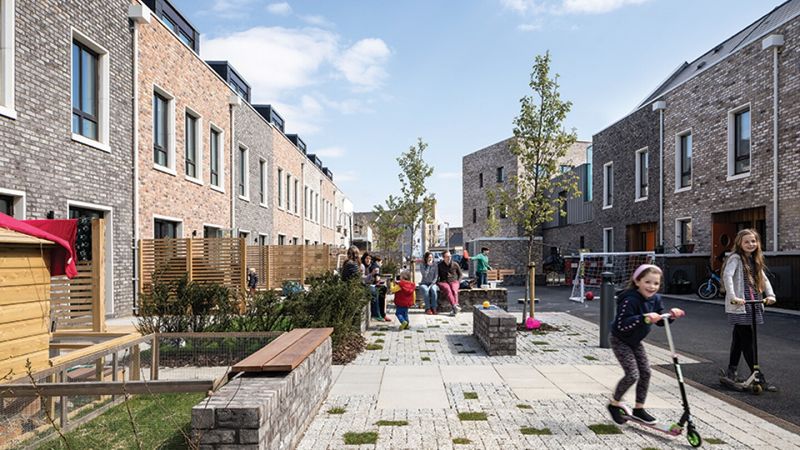
Social butterflies might thrive in townhouse communities! The closer proximity naturally creates more opportunities for neighborly interactions.
Traditional neighborhoods can foster community too, but the physical separation between homes makes socializing more intentional. If you value privacy over community, a single-family home might better suit your lifestyle.
10. Location Availability
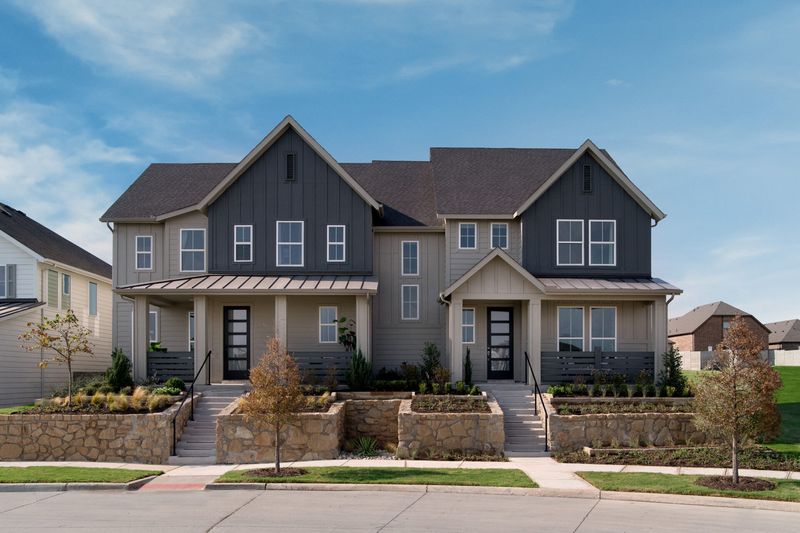
Urban dwellers take note! Townhouses often dominate city centers and prime locations where land is scarce and expensive.
Single-family homes are more prevalent in suburban and rural areas where land costs less. Your preferred location might naturally limit your housing options, especially if you want to live near downtown amenities or in walkable neighborhoods.
11. Renovation Freedom
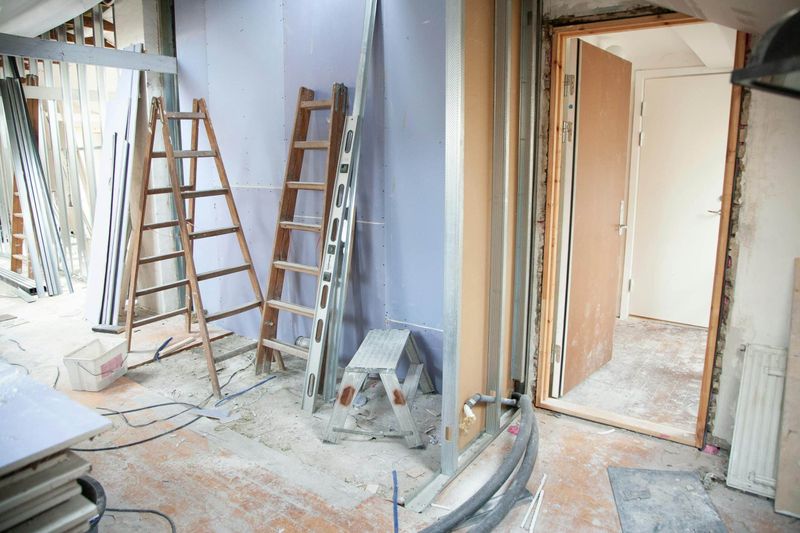
Handy homeowners with big dreams should consider this carefully! Single-family houses offer nearly unlimited renovation potential (permit requirements notwithstanding).
Townhouse modifications often face strict HOA limitations. Want to knock down walls or add a second story? These projects might be impossible in a townhouse where structural elements are shared with neighbors.
12. Energy Efficiency Comparison
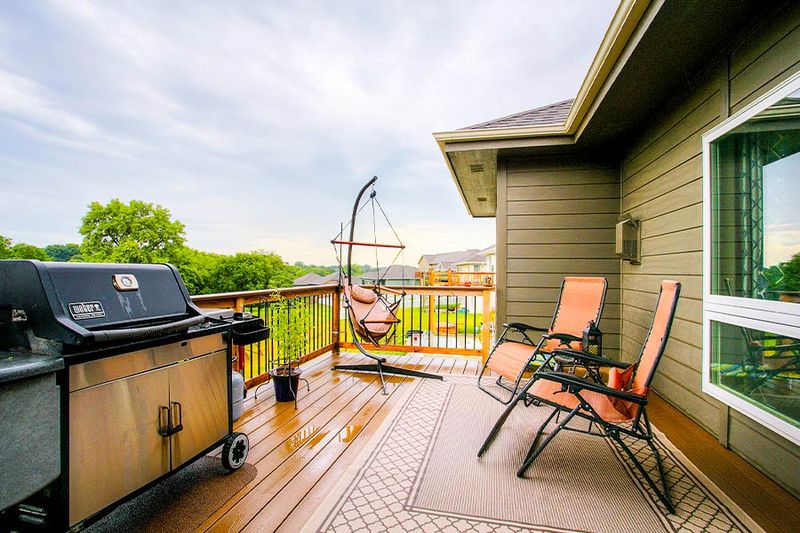
Your utility bills will reflect this important difference! Sharing walls with neighbors in a townhouse creates natural insulation on at least two sides.
This shared-wall advantage often results in lower heating and cooling costs compared to detached homes. Single-family houses, with exterior walls on all sides, typically require more energy to maintain comfortable temperatures year-round.
13. Storage Space Differences
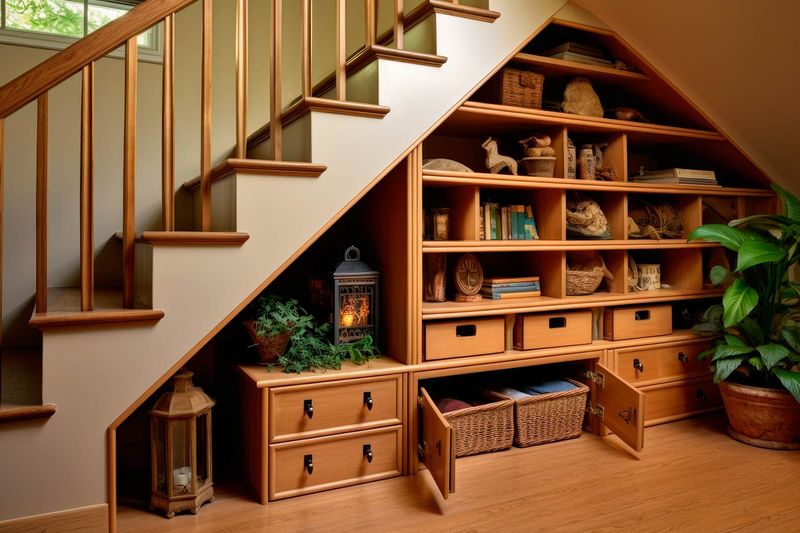
Collectors and hobby enthusiasts should pay attention here! Traditional houses typically offer more square footage overall, including attics, basements, and garages.
Townhouses, designed for efficiency, might lack these bonus storage spaces. Before choosing, honestly assess your belongings and storage needs – especially if you own seasonal equipment like kayaks or holiday decorations.
14. Noise Levels and Soundproofing

Light sleepers and work-from-home professionals, listen up! Sound transfer between units remains one of the biggest townhouse complaints.
Even with modern soundproofing, footsteps, conversations, and plumbing noises can travel through shared walls. Single-family homes offer natural sound barriers with their physical separation from neighbors, creating quieter living environments.
15. Security Considerations
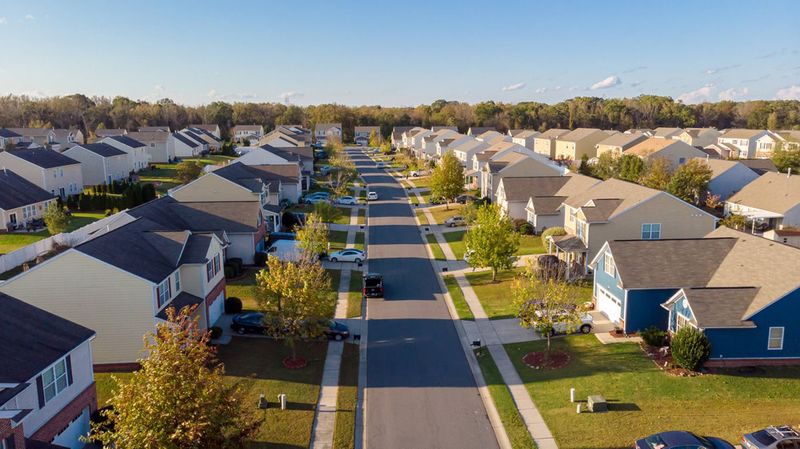
Close quarters in townhouse communities create an informal neighborhood watch system. More eyes nearby mean potential intruders are more likely to be spotted.
Single-family homes offer more privacy but potentially less passive surveillance. Many homeowners compensate with security systems, motion-sensing lights, and cameras – additional costs to consider in your housing budget.
16. Aging-in-Place Potential

Forward-thinking buyers should consider their golden years! Multi-level townhouses with stairs can become challenging as mobility decreases with age.
Single-family homes offer more modification potential for aging needs, like adding ramps or converting ground-floor spaces to bedrooms. Some newer townhouse developments feature single-level options specifically designed for accessibility.
17. Lifestyle Alignment

Ultimately, your daily routine should guide this major decision. Frequent travelers might appreciate townhouse living with its lower maintenance and built-in security of close neighbors.
Families with active children or multiple pets often prefer the space and freedom of single-family homes. Honestly assessing your activities, hobbies, and social preferences will lead you to the right choice.

